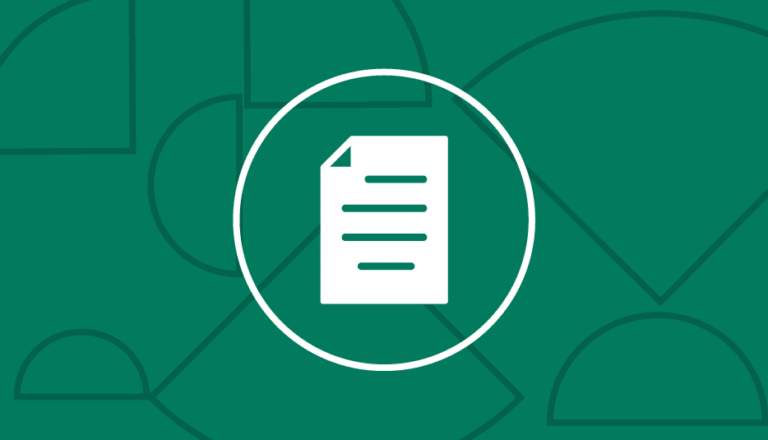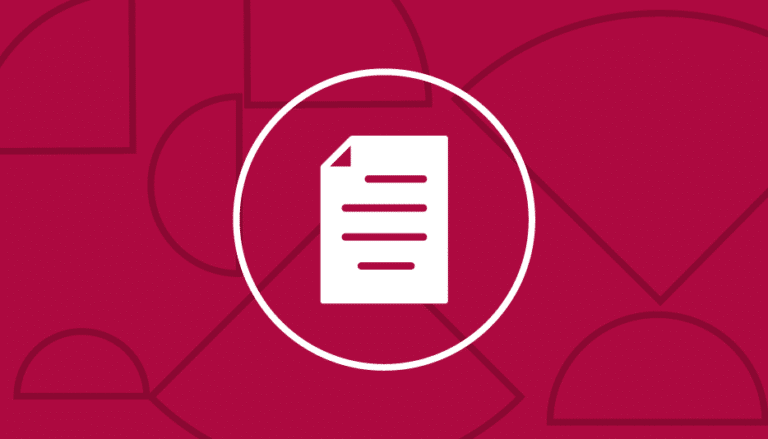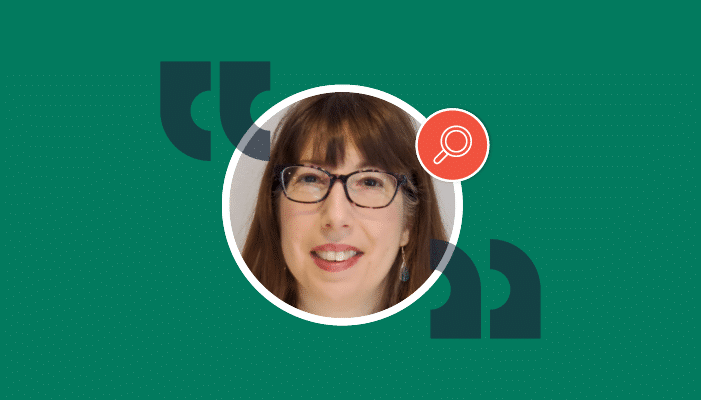Best Practices to Document Visits With Hospice EHRs
According to survey data from Stanford Medicine, while 70 percent of healthcare professionals say electronic health records (EHRs) have improved significantly over the last five years to help streamline their practice, 49 percent point to challenges with documentation and data entry.1 This is especially relevant for hospice providers. With many expanding their offerings during the…




